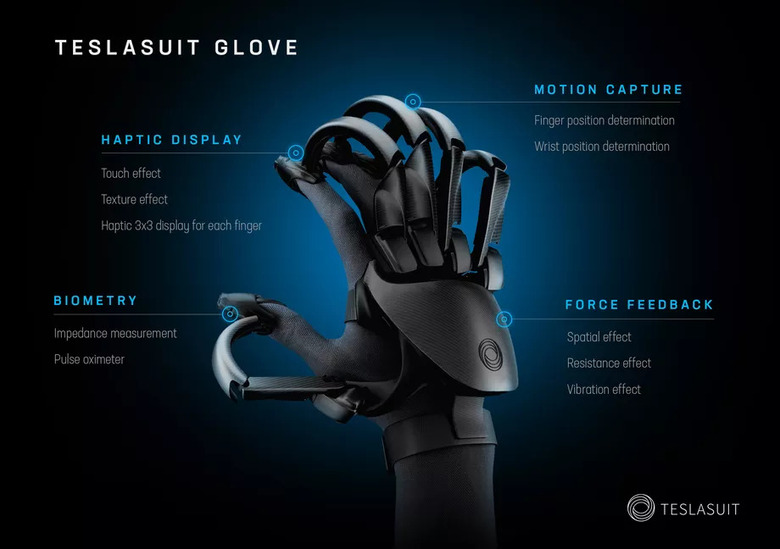Teslasuit Gloves Try To Make You Feel VR Objects Like They Were Real
As fancy as virtual reality or even augmented reality may sound like, the illusion of these synthetic worlds breaks down easily. Even when you're not aiming for reality like in VR, the lack of intuitive manual controls much less convincing haptic feedback can really break the immersion that these experiences promise. That's where haptic gloves like the upcoming Teslasuit Gloves come in, employing subtle tricks to make your hands and brain believe that you're really gripping something that isn't really there.
Teslasuit, no relation to EV maker Tesla, was one of the few that tried to create full-body suits for VR applications, which launched in the same year that the Ready Player One film premiered. Feeling the virtual world with your body is one thing but, when it comes to interaction, the bigger puzzle piece is haptic feedback in the hands. That's what Teslasuit's Gloves will attempt to deliver.
In that regard, it isn't exactly new as there are already existing haptic VR gloves in the enterprise market. There are the likes of Manus VR and HaptX but Teslasuit might try to make up for lost time with dozens of sensors providing VR app developers with the needed data to fine-tune their experiences.
In addition to the motion capture you might expect from such VR gloves, there are also biometric sensors like a pulse oximeter for measuring the wearer's heart rate. The gloves also provide force feedback in the form of vibrations and resistance delivered by claw-like structures on top of your hand.

If you were imagining how these gloves would improve your VR gaming experience, better continue imagining. Just like the Teslasuit, the Teslasuit Gloves are being marketed to industry and business customers for use in training, rehabilitation, and other professional use cases. At $5,000, it's not something ordinary consumers can afford anyway.
